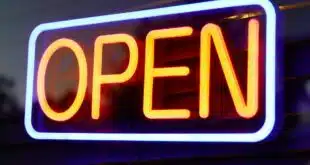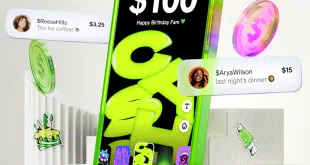Executives with a number of the leading players in telecommunications and electronic payments have managed to reach a consensus on at least some of the issues that have divided them for years over the shape and direction of mobile payments in the U.S. While participants say they are not yet ready to reveal details, the executives have apparently been able to make progress on key risk issues and technologies such as dynamic authentication, according to Richard Oliver, executive vice president with the Federal Reserve Bank of Atlanta. Dynamic authentication involves the on-the-spot generation of unique identification credentials for each transaction.
Next the group will produce a position paper setting out progress so far and detailing a way forward on mobile payments, Oliver says.
“We have been somewhat flabbergasted and pleased” by the consensus achieved so far among these parties, Oliver tells Digital Transactions News. The Atlanta Fed and the Federal Reserve Bank of Boston have so far hosted three low-profile meetings of roughly 20 representatives from a wide array of concerned parties, with the first convening in January and followed by sessions in May and again this month. A fourth is set for October, Oliver says. Though the meetings have been deliberately kept low-key, they attracted executives from software companies, processors, and merchant and wireless trade groups, in addition to carrier, bank, and card-network representatives. Because of the sensitivity of the matters under discussion, the Fed organizers will not disclose the names of participating organizations, Oliver says.
Word of mouth about the meetings has prompted other companies to approach the Fed offices seeking admission, Oliver says. “They’re saying, ‘We want to get under the tent,’” he says. At the same time, he says, interest among participants remains high, with very little attrition and an eagnerness to keep meeting. The first meeting “started as a one-time shot,” Oliver says, to try to foster understanding of the issues in mobile payments. “We said, ‘Do you guys want to get together again?’ and they said, ‘Yes.’” That led to the subsequent meetings, he said, in fairly rapid succession. “These people are welcoming an independent third party,” he says, to bring them together.
The group, whose disagreements over a wide range of business and technical matters have hobbled the development of critical mobile-payment technologies such as near-field communication (NFC), now plan to collaborate on a document that can be presented at conferences and otherwise circulated in the financial and telecom industries. Oliver says the aim is to use the paper as a “stalking horse” to stimulate discussion and get comments from a wider range of mobile-payments participants. “We need to broaden the scope of organizations and people” involved in discussing mobile payments, he says. No timetable has been set for the paper’s release, though Oliver says he hopes it can come out by year’s end.
Though the consensus so far is limited, the signs are hopeful. Banks and card networks, on the one hand, and wireless carriers, on the other, have quarreled for years over such matters as security, where e-wallets should reside, division of transaction fees, and even customer ownership. As a result, NFC has failed to progress beyond limited pilots and contactless-payment backers have started using workaround technologies like contactless stickers and memory cards. Now, under the aegis of the Fed, executives from both camps have been meeting face-to-face to hash out at least some of their differences.
“These groups really haven’t been in a room together, these folks are learning from each other,” says Oliver. “This is a brave new world.”





